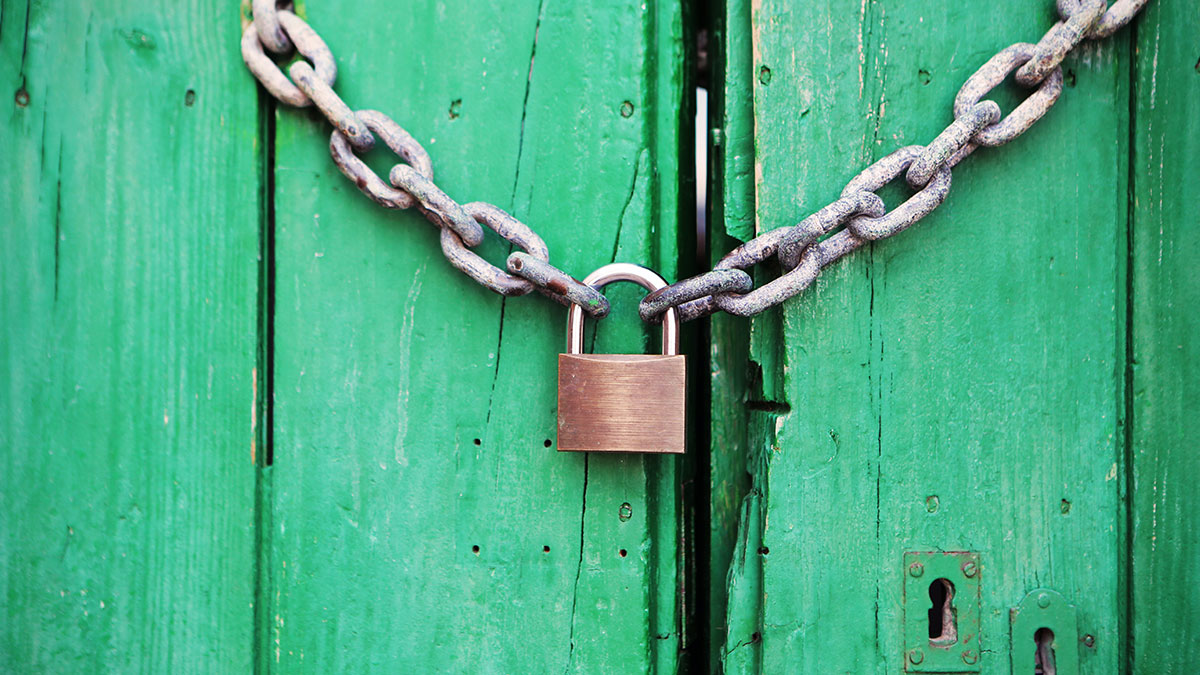It’s no secret that sending money online can be risky. Many fraudsters and scam artists make a living from conning online victims out of their hard earned money. The best way to make sure you’re performing safe money transfers is to teach yourself to spot these scams. We’re going to take a look at some of the most common Paypal and Western Union scams around, and teach you how to avoid them.
Different Paypal and Western Union Scams – What You Should Do if You Suspect Something
Overpayment is a common Western Union scam. This involves a buyer of an item sending the victim seller a cheque for a higher amount than the agreed sale price. The buyer then expects the seller to refund the difference via Western Union, however the original cheque does not cash – leaving the seller with no payment for the goods, and having refunded the excess from the cheque.
Lesson: If anyone claims to have “overpaid” you, make sure that the cheque is accepted by your bank before refunding the difference.
Emergency! Is another common scam. The victim receives an email from a supposed relative or someone who needs help, such as a grandparent who has been hospitalised or a Nigerian prince who is attempting to retrieve his fortune. The email asks the victim to send money, often with the promise of a return, to a Western Union or Paypal account. The email is fraudulent and the scammer then keeps the payment.
Lesson: Very rarely will someone ask you for money via email, particularly from an unknown address. If your father really had been arrested, or your grandfather needs money for an urgent operation, you will be contacted in some other way (i.e. the phone or face to face). Never accept any request for money from an unknown email address.
Phishing is also very common. This involves a scammer sending a fake email and pretending to be Paypal. It asks the victim for their log in details, which are recorded by the scammer and used to steal money. These emails may also have malicious attachments, such as a virus or keylogger, which can be used to record the details you enter into your computer – in other words, your passwords.
Lesson: Most websites are now aware of the phishing scam and will never directly ask for user details via email. Navigate to the website with your web browser – rather than clicking a link contained in the email (which may take you to a fake website) to resolve any issues you have with an online account. A good spam filter on your email inbox should also reduce the likelihood of receiving a phishing email.
Fake online purchases are somewhat common in the world of online shopping. This involves the victim winning an online auction or purchasing something through a website. The victim then pays for the item via Western Union or Paypal but never receives it.
Lesson: Make sure to check that you’re buying from a reputable website or EBAY seller. EBAY, in particular, has a feedback system, so that you can look at the seller’s previous history – which should give you an idea of whether or not you’ll receive your item. Newer traders or sellers with poor history should be avoided if possible.
Also, many shopping websites can be Googled in order to check their validity. If you get a dozen results from people who never received their purchases, alarm bells should be ringing in your head.
If you need to transfer money overseas online safely, try OrbitRemit – we’re dedicated to informing the population of remittance fraud. We offer generous exchange rates and low fees. Check out our calculator on the top right hand side of the screen to find out more!


Leave a Reply